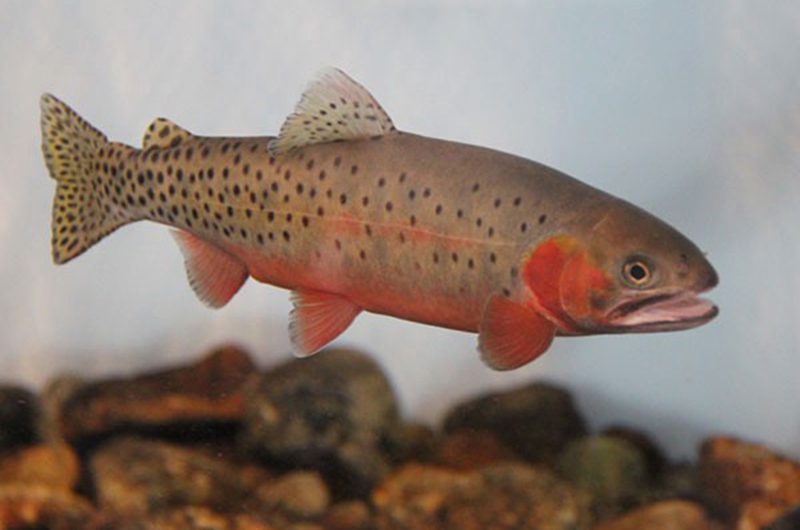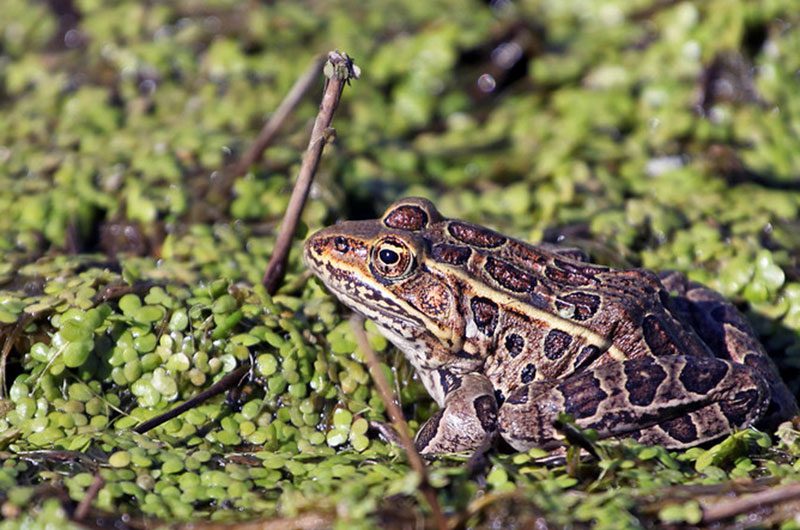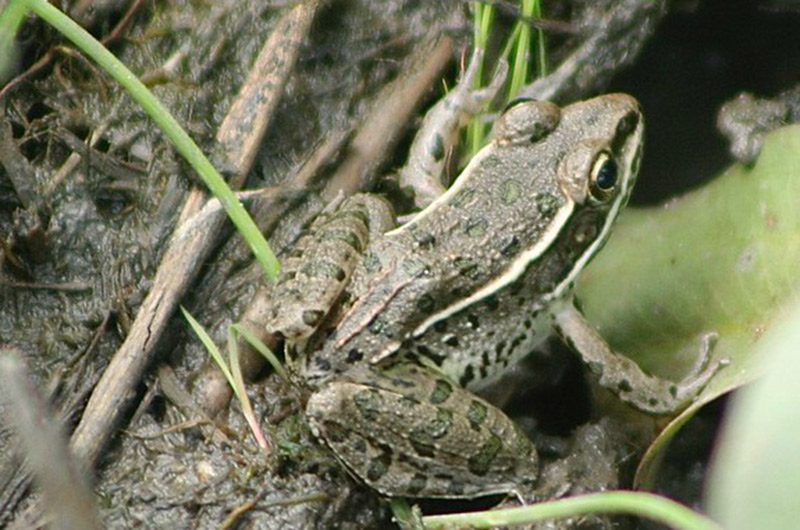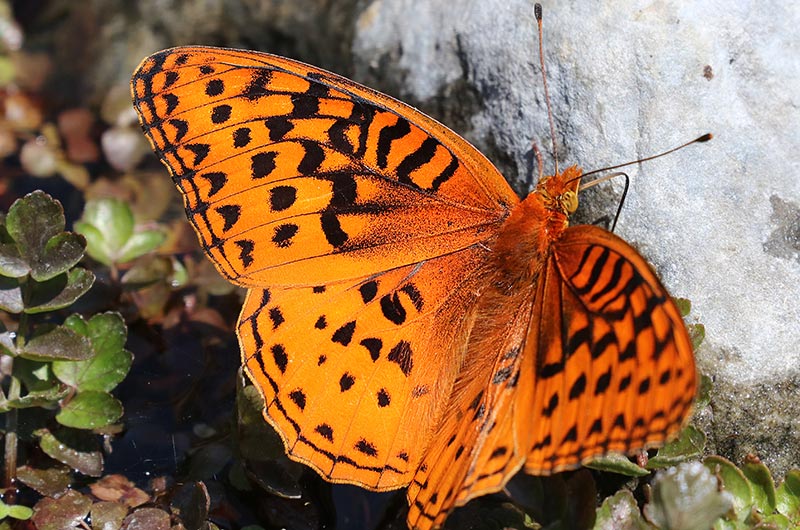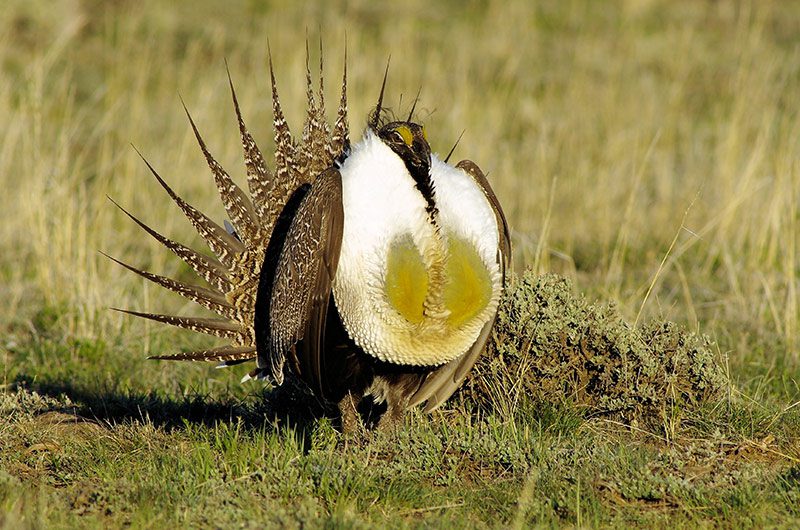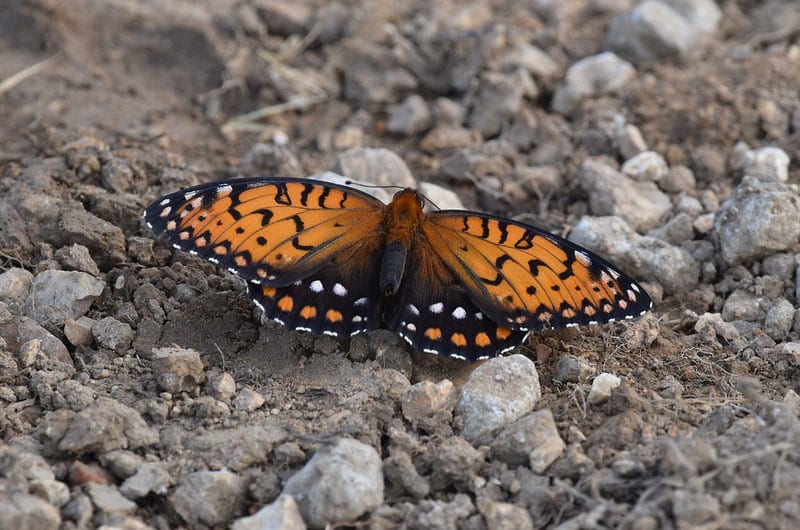LandPKS Learning
Habitat Hub
Factsheets and other helpful resources about the wildlife species living on your land (US only)
Inland Cutthroat Trout
Cutthroat trout inhabit clear, cold streams, rivers, and lakes with low fine sediment levels, well vegetated streambanks, and lots of instream cover.
Read moreNorthern Leopard Frog
Northern leopard frogs get their name from the leopard-like spots on their backs and limbs. Each spot is dark brown with a lighter “halo” around it. There are two color variations. One, called the burnsi phase, has a solid, spotless back and spots or bars on the legs. The other, called the kandiyohi phase, is mottled across the back and side.
Read morePlains Leopard Frog
Females lay up to a few thousand eggs from spring to early fall in temporary or permanent water sources, including ponds, flooded areas, marshes, and sloughs, often in muddy water. Tadpoles that hatch early will become young frogs by summer, while those from later clutches spend winter as tadpoles and become frogs the following spring.
Read moreNokomis Fritillary
A blue variant of Nokomis fritillary is found in northern Mexico.
Read moreUpland Sandpiper
Unlike most shorebirds, the Upland sandpiper is completely terrestrial, rarely associated with coastal or wetland habitats, an obligate grassland species. As a result, it is often recognized as an indicator of prairie health.
Read moreGreater Sage Grouse
Greater sage-grouse are adapted to eat the leaves of sagebrush shrubs year-round. Sagebrush have a characteristic smell from chemicals called monoturpenoids, which are toxic to most wildlife. Sage-grouse have evolved to eat sagebrush leaves without getting sick.
Read moreShowy Prairie Gentian
Showy prairie gentian is considered one of the handsomest prairie wildflowers.
Read moreRegal Fritillary
The regal fritillary is thought to be one of the most spectacular Temperate Zone butterflies in the world, especially females are striking when seen in the field.
Read more
Mobile App | Data Portal | Knowledge Hub | Habitat Hub | Learning Collections | Blog | About | Contact | Support

